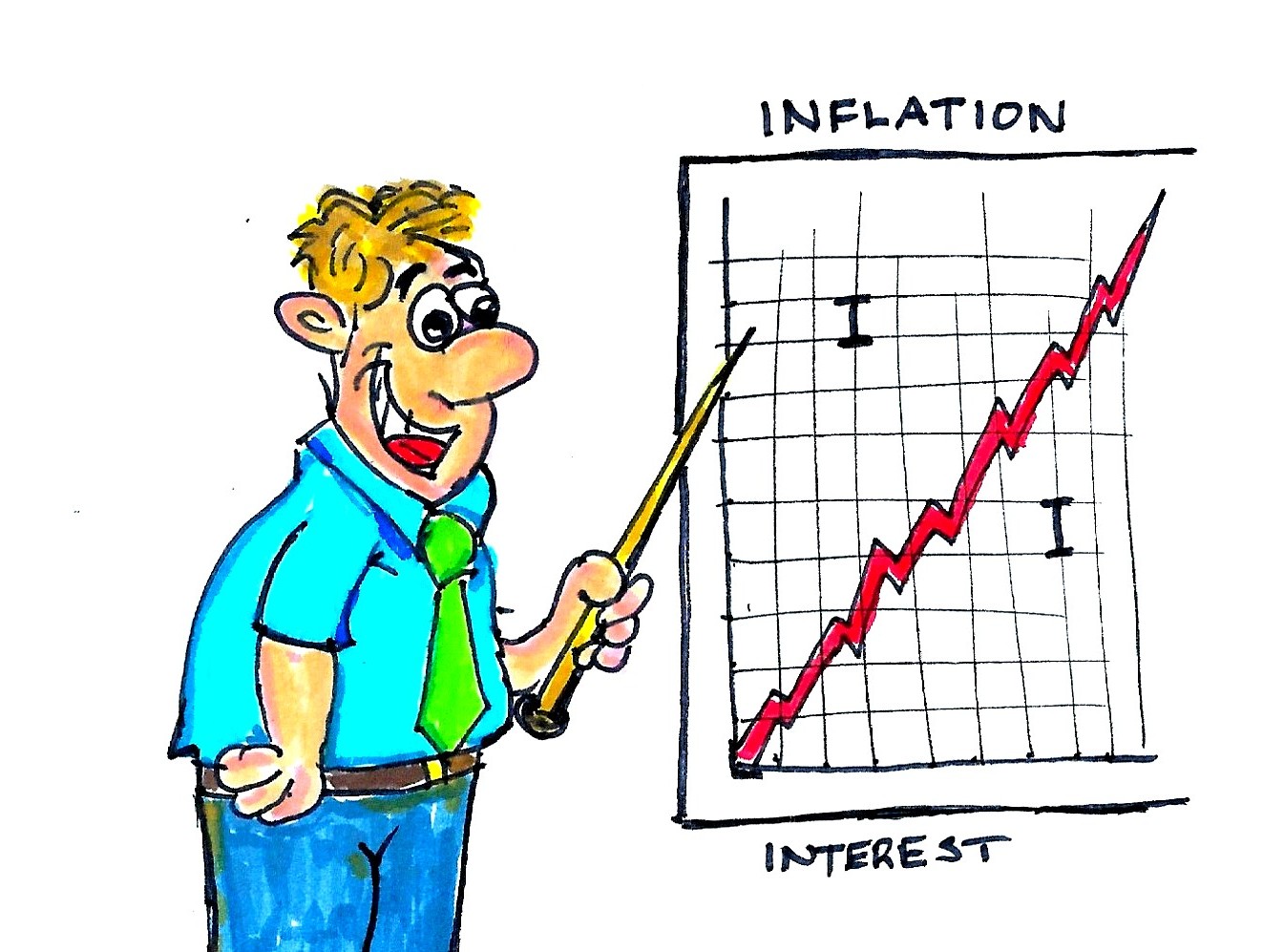China’s consumer price inflation rose by 0.2% in June 2024 from a year ago, falling short of expectations. Meanwhile, producer prices remained in line with forecasts.
Main points
Consumer Price Index (CPI)
China’s CPI was expected to rise by 0.4% year-on-year in June, according to poll conducted by Reuters. However, the actual increase was only 0.2%. Lacklustre domestic demand has contributed to keeping inflation subdued in China, unlike major economies such as the U.S., where prices have remained elevated.
Producer Price Index (PPI)
The PPI, which measures factory-gate prices, dropped by 0.8% from a year ago, aligning with expectations. This reflects the ongoing challenges faced by manufacturers and businesses.
Core CPI
Stripping out more volatile food and energy prices, core CPI rose by 0.6% year-on-year in June. While this is slightly slower than the 0.7% increase for the first six months of the year, it indicates a relatively stable inflation trend.
Pork and beef
Notably, pork prices surged by 18.1% in June compared to a year ago, while beef prices fell by 13.4%.
In summary, China’s inflation remains subdued due to weak demand, even as other global economies experience higher price pressures. Policymakers will closely monitor these trends to ensure economic stability.
Note: this information is based on data from the National Bureau of Statistics and reflects the situation as of 10th July 2024.







































